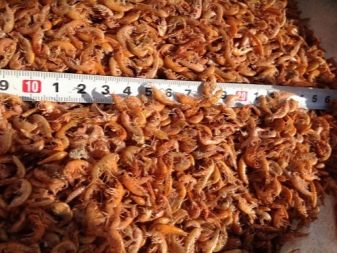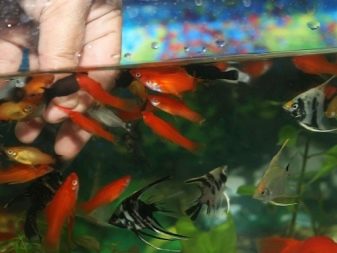Features and use of gammarus as feed
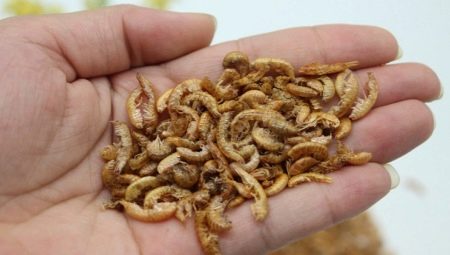
Some species of snails and fish enjoy crustaceans with pleasure. Gammarus is one such arthropod. It is small but nutritious, and therefore is often chosen by aquarium owners as a beneficial food for their pets.


What is it and how can you feed it?
Gammarus belongs to the highest crustaceans, to the order of amphipods. They do not jump out of the water directly, but sideways. Gammarus are a whole genus of crustaceans, there are at least 180 species in it. These arthropods prefer to settle in fresh water bodies (they are extremely sensitive to salt). They behave stealthily, they live under stones and in the sand. They are also called jigs and even sea fleas.
Outwardly, such a crustacean looks like a shrimp, only very small. It is bent arcuate. It grows no more than 1.5 cm. Its body is divided into 14 segments, defended by a shell (this is the chitinous layer). To see and touch, the crustacean has a pair of eyes and two pairs of whiskers.
The crustacean lives only a year, and this is the maximum, unless, of course, they get to it earlier, and it does not become food for aquarium inhabitants.
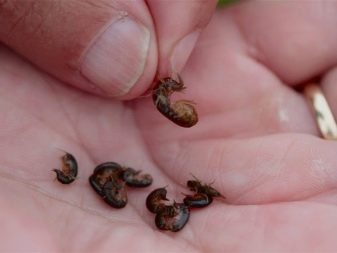
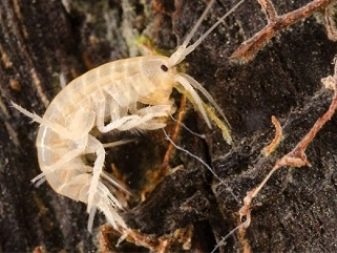
And fish and red-eared turtles are fed with crustaceans, because it is an excellent source of protein. The crustaceans also contain carotene, which helps guppies and cockerels look so bright. Live and frozen mormyshka is not given to the inhabitants of the aquarium: the food must first be processed from bacteria, softened in hot water. It is enough for him to lie down in it for half an hour, and you can feed aquatic pets. It is easy to check that the crustacean is ready for use: its chitin becomes soft. If the crustaceans are given dried, this preparation is not required.
Valuable note: despite the value of such food, despite the fact that it is suitable for cichlids, and for goldfish, and for Achatina, only they cannot exhaust the diet of the inhabitants of the aquarium. Tubes, bloodworms, daphnia are also used in nutrition, because only a balanced diet will allow the inhabitants of the aquarium to stay healthy, active and pleasing to the eyes of the household for longer.
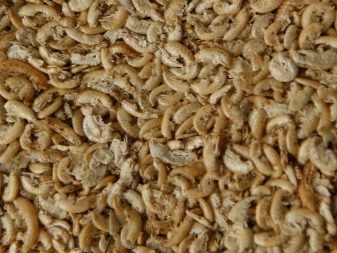
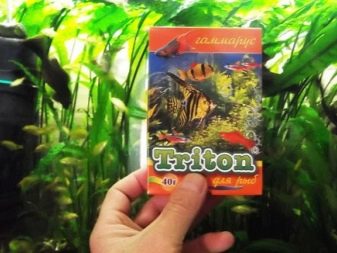
Feed manufacturers
There are many of them, and they compete with each other mainly only on price. Large packages and buckets are almost always more profitable to buy. For example, the manufacturer Barrom for 5.8 liters requires about 750 rubles (this is if for a promotion), and 11 liters of the same feed, only brand AQUAMENU will cost 1,300 rubles.
Zoomir brand sells 2.75 liters of gammarus in a bucket for 570 rubles, and brand "Aquaculinar" offers gammarus together with daphnia for less than 100 rubles. More expensive than the price Dobry Mir, Star, VAKA brands.
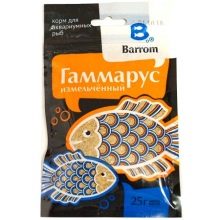
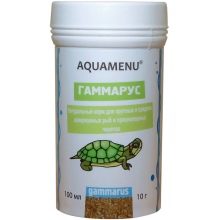
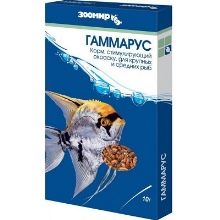
Procurement rules
Crustaceans are sold in pet stores, but if you have to buy in large quantities, sometimes it is costly. And you don't want to change them for something else, because the composition of the jigs is excellent. Then you can think about self-procurement of food for the aquarium inhabitants.
They are obtained in the following way.
- Hay or straw. You need to make a frame with a very fine mesh, and place straw inside this structure. The crustaceans will quickly fill the voids between the straws. As soon as it becomes obvious, the frame with the catch is taken out of the water. But this business requires dexterity, because the crustaceans are cunning, they can jump out.
- Net. To catch them with a net, you first need to find a whole flock of jigs. If the weather is calm, this is more real. The flock is caught with a net with a medium-sized net and the catch is sent to the shore.
- Network. This method is only good for industrial fishing, otherwise it is simply illegal.
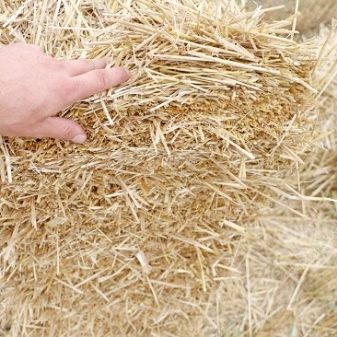
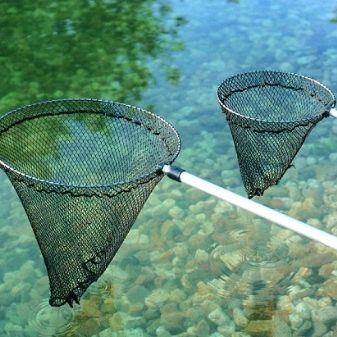
You can store arthropods in three types: live, dried or frozen. If it is decided to keep the jigs alive, then the freshwater catch should be in fresh water, and the sea, accordingly, in salty water. Of course, freshwater is easier in this sense. If you had to fish yourself, you can also draw water there. An aerator is attached to the container where the crustacean will live, the container itself is sent into the shade and coolness. Half of the water in it needs to be changed daily. It is impossible to keep Gammarus in such conditions longer than two days: it has nothing to eat.
You can also dry a live crustacean. They are usually suspended to prevent arthropods from rotting. In dried form, the shelf life is also limited, but still it is not 2 days, but 3 months. Then they just stop being useful. You also have to freeze live jigs. Only this should be done not in whole piece, but in small portions. The temperature index of freezing will be -20-26 degrees. Frozen crustacean fines can be stored for a long time, about 2 years. It is interesting that food for pets living in the water can not only be obtained with your own hands, but also multiplied. The season is early summer.
In warm zones, jigs can give more than one offspring per season, but in a cold place everything will be limited to a single offspring. However, this practice is not very simple, so few people seriously breed crustaceans.
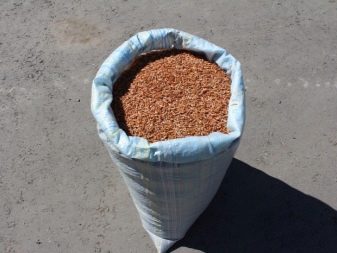

Features of feeding crustaceans
Snails are very fond of such food, for them gammarus is a real delicacy. Live gammarus will not be the most profitable purchase, it is very troublesome to store it. There are snail crustaceans ready 2 or even 3 times a day. There is no need to grind the jigs, the snails will eat them whole. Portions are sent to the feeder, placed on vegetable leaves (otherwise the mormysh will deteriorate).
Large cichlids will eat gammarus with pleasure, catfish and goldfish also feast on crustaceans. But if they have to feed smaller fish, the crustacean must be crushed. Even fry are given dried mormyshka. You just need to literally grind it into powder in your hands, and the fry will pounce on food that is comfortable for him.
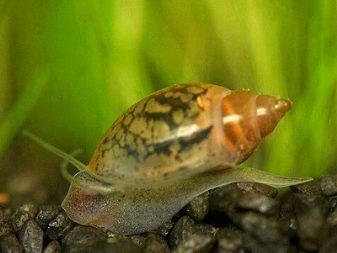

Other feeding features are as follows.
- Ice cream and live jigs must first be steamed. The optimal time for keeping them in hot water is half an hour. But if you are in a hurry, then you can take 10 minutes. The main thing is to soften the shell of the crustacean.
- For fish, especially small ones, gammarus is considered a highly nutritious food. Therefore, you should not give it more often 3 times a week.
- Food for absolutely all inhabitants of the aquarium should be dosed. Gammarus is considered a hard-to-digest food, which must be alternated with something light.
- Alas, crustacean can be poisoned. And most often this happens to snails (if only because they eat more of them). An untreated jig can be infested with parasites that infect the snail. Poisoning of a pet will be indicated by loss of appetite and lethargy, a change in the color of the snail's body, and excessive secretion of mucus. Severe poisoning leads to the death of the snail. If the poisoning happens, you need to bathe the creature in warm water with 4 tablets of activated carbon dissolved in it. A half-hour bathing procedure is enough.
- Experts do not advise buying feed by weight, it is necessary to take it only in a sealed package. So you can be sure of the quality of the product.
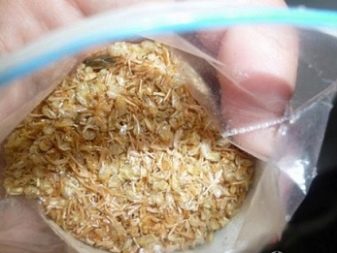
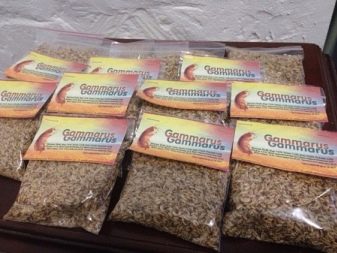
Crustaceans are only part of the diet of aquarium inhabitants. Very often, aquarium owners do not even suspect that a crustacean purchased for a favorite fish or snail can also be added to groundbait. But anglers sooner or later understand this pattern, starting to use the jig in different ways.
The multifunctionality of the crustacean, the relative cheapness of the product, and its high protein index make gammarus a popular product. Those who have the opportunity to get it on their own do just that, because you can freeze gammarus at home, and then turtles, fish and snails will be provided with nutritious protein for a long time.
